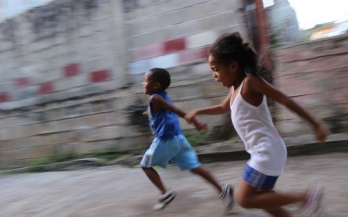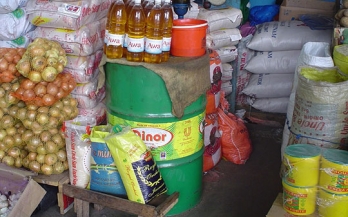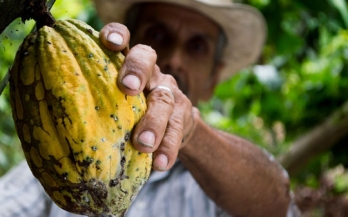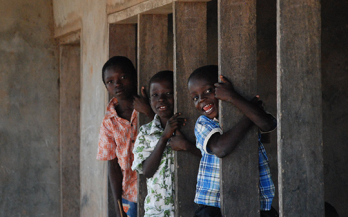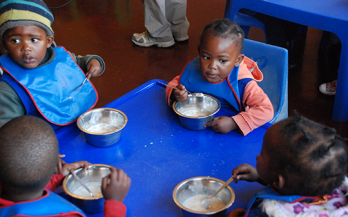In 2014, a Fortification Assessment Coverage Toolkit (FACT) coverage survey was conducted in Abidjan, Côte d’Ivoire. The main objectives of the survey were to determine the coverage of the fortified complementary foods among children 6-23 months of age in Abidjan and identify the major barriers to coverage of this programme and to formulate recommendations for future programme activities.
The main objective of this study was to evaluate the consumption coverage of iron-fortified wheat flour and folic acid and vitamin A-enriched vegetable oil in Côte d'Ivoire. It has deployed a scientific device that combines a survey of the target of the fortification, the Ivorian population, with a sampling of the oils and flours consumed by it, and with laboratory analyses to evaluate the adequate fortification,
Many children in Côte d’Ivoire are consuming an inadequate diet that lacks the important vitamins and minerals needed for healthy growth. This case study describes the approach taken to help address the malnutrition issues facing young infants and children and also highlights the key lessons learned, challenges, and opportunities moving forward.
This report summarizes the findings of the end-line survey to assess the impact of the oil and wheat flour fortification programmes in Côte d’Ivoire conducted in households in three communes in Abidjan and the rural area of Bouaflé in October 2010.
This report is the outcome of a desk research to assess the nutritional status and underlying causes among cocoa farming families in Côte d'Ivoire commissioned by the Sustainable Trade Initiative for their programme on the Cocoa Learning and Innovation Programme.
The purpose of this study is provide nationally representative data on the prevalence of anaemia, vitamin A and Fe deficiencies among pre-school age children (pre-SAC) and non-pregnant women of reproductive age (WRA), and on vitamin B12 and folate deficiencies in WRA, and the influence of inflammation on their interpretation.
A cross-sectional survey on households with at least one child 6–23 months was conducted to update coverage figures with adequately fortified food vehicles in Abidjan, Côte d’Ivoire, and to evaluate whether additional iron and vitamin A intake is sufficient to bear the potential to reduce micronutrient malnutrition.
The objective of this study was to estimate the iron and vitamin A status of preschool children (PSC) and women of reproductive age (WRA) in households consuming fortified oil and wheat flour.
Poor complementary feeding practices among infants and young children in Côte d’Ivoire are major contributing factors to the country’s high burden of malnutrition. The objective of the current research was to assess various levels of coverage of the program and to identify coverage barriers.
This commentary aims to discuss the multiple ways in which private sector can leverage its expertise to improve nutrition in general, and complementary feeding in particular.



